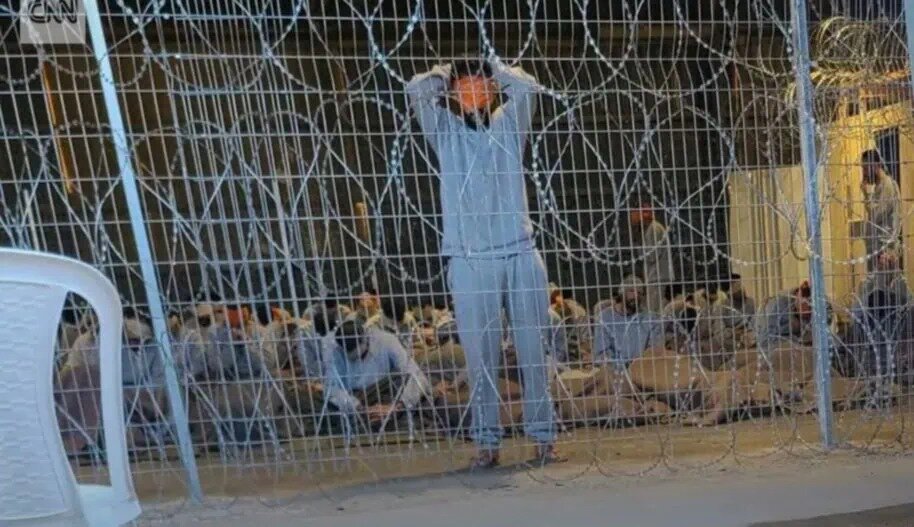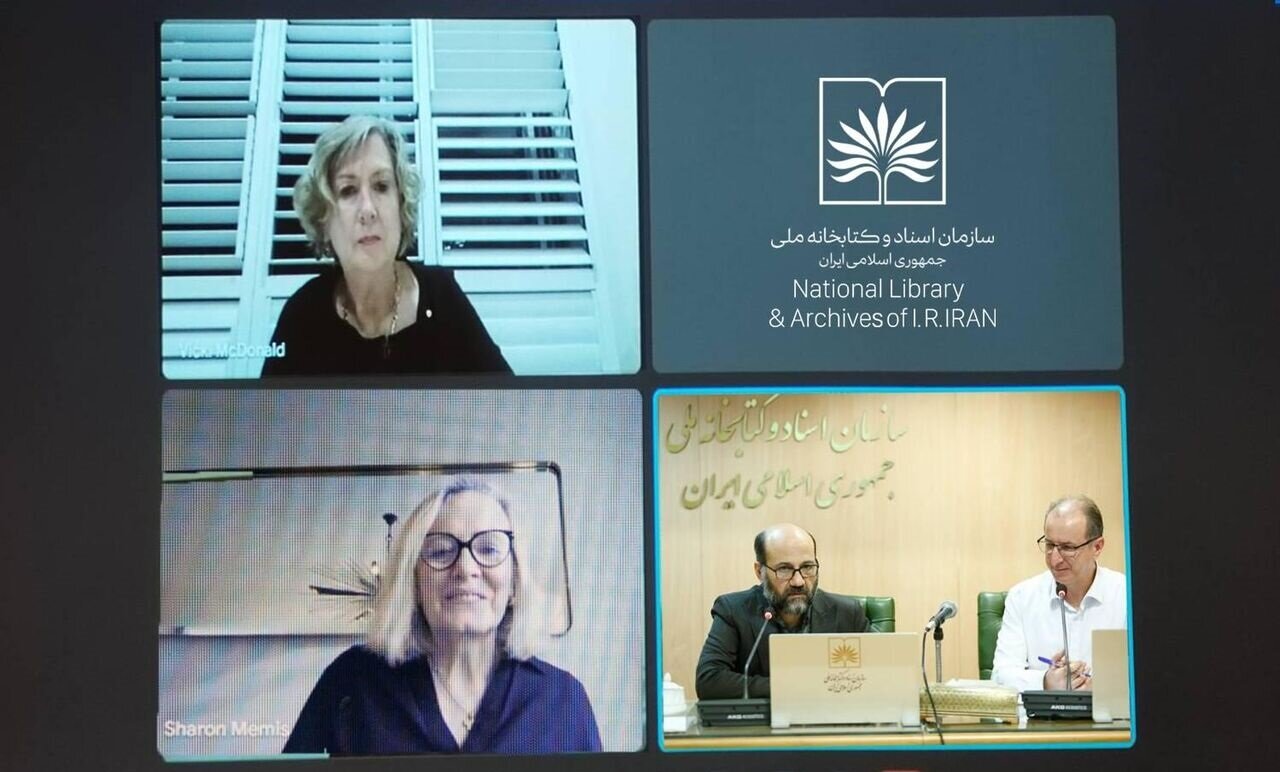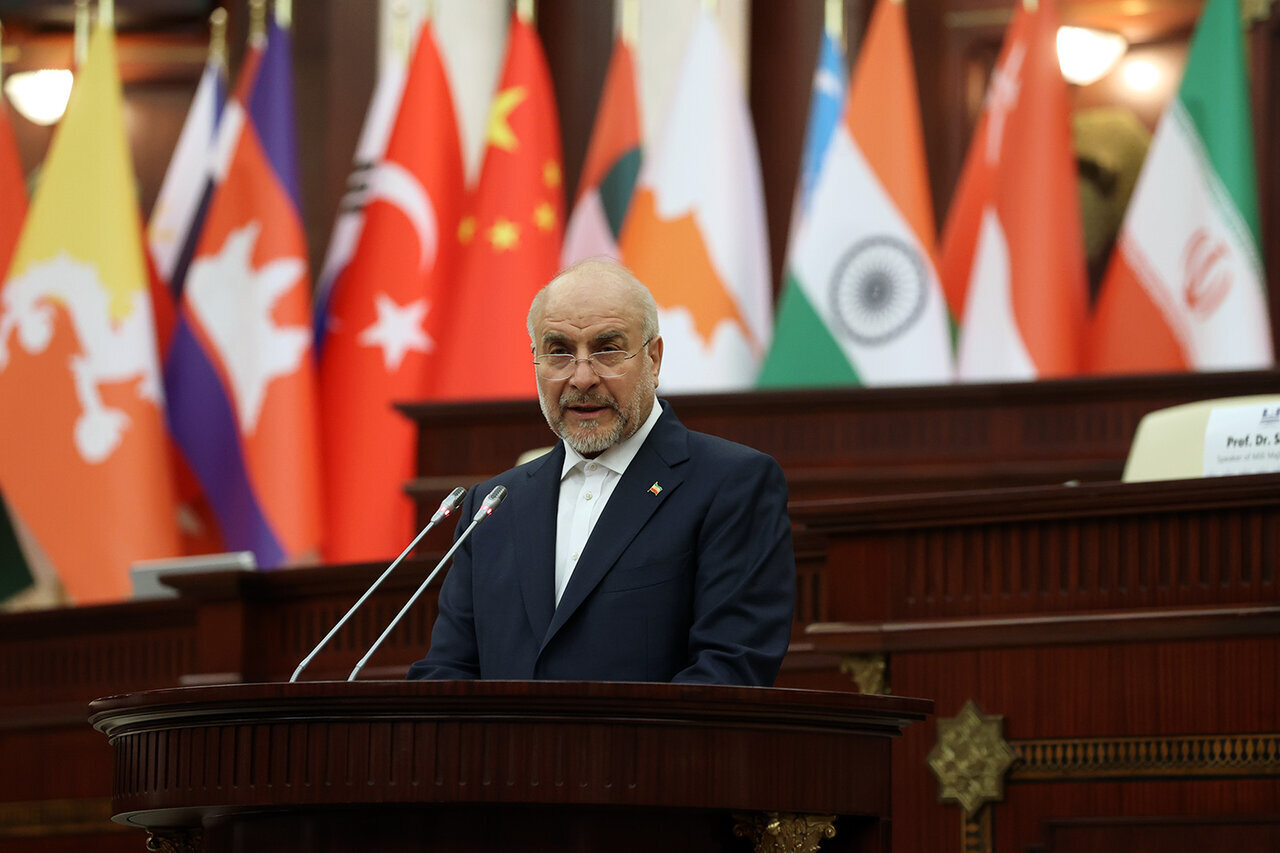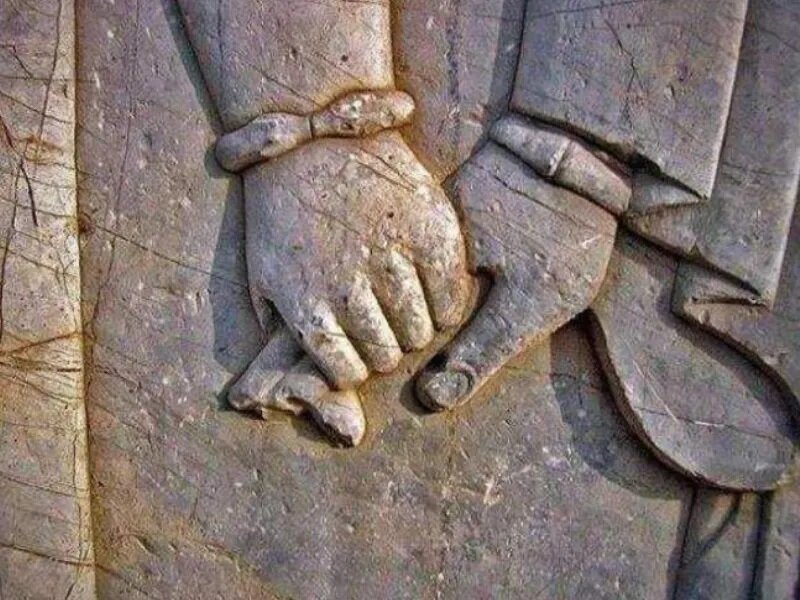
TEHRAN Irans Minister of Information and Communications Technology, Sattar Hashemi, revealed strategies to introduce the locally developed Navak micro-class satellite in the coming days, marking a turning point in the nations pursuit of advanced aerospace capabilities.The 40-kilogram satellite, designed by the Iranian Space Research Institute, will be moved into orbit using the updated Simorgh rocket.This launch signals progress towards accessing geostationary orbit (GEO) and bolstering nationwide interaction infrastructure.Irans area program, which has actually faced global sanctions and technical obstacles over the past decade, has focused on self-reliance in satellite technology.The nation has actually just recently achieved significant developments in satellite innovation.
In January 2024, the Soraya satellite was released into a record 750 km orbit.By September, the Chamran-1 satellite reached a 550 km orbit using the domestically-developed Qaem-100 provider.
Furthermore, the unveiling of the Pars-1 and Pars-2 satellites assures to enhance Earths remote noticing abilities.5 G, digital economy, and e-government reformsSpeaking at a top-level meeting participated in by First Vice President Mohammad Reza Aref, Hashemi detailed parallel concerns, including speeding up 5G network implementation through the auction of 3600 MHz frequency bands.Enhancing regulatory openness and network quality are public demands we take seriously, he said, stressing that solving bureaucratic traffic jams would uniquely align stakeholders to fast-track 5G development.The minister likewise stressed objectives to grow Irans digital economy to 10% of GDP under the Seventh Development Plan, promoting for public-private partnerships.Our approach to e-government is transformative, Hashemi specified, referencing a soon-to-be-implemented initiative upgrading bureaucratic systems.Despite ongoing U.S.-led sanctions, Hashemi highlighted defensible accomplishments in tech diplomacy, including partnerships with Latin American and Gulf states.First Vice President Aref closed the conference by advising faster implementation of tactical tasks, endorsing the ministrys pioneering role in Irans tech-driven financial agenda.

 9
9












